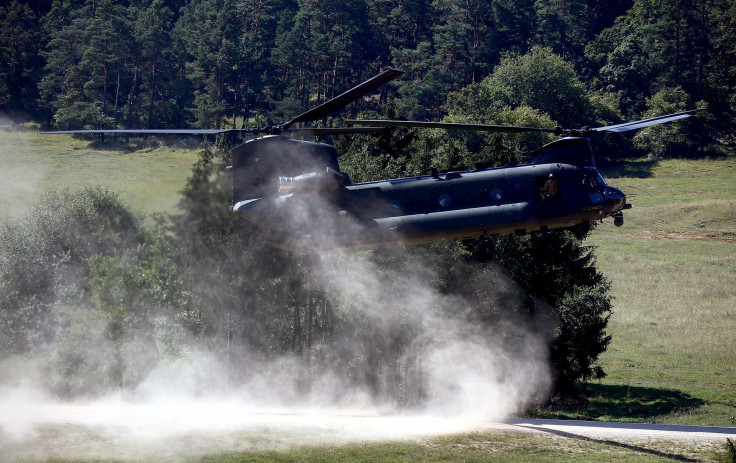Amid Russia Conflict, NATO Increasing Preparedness In Eastern Europe With New Command Units

NATO forces have activated six command units in eastern Europe aimed at increasing security and defense capacities in response to what is perceived as an increasingly aggressive Kremlin. Tensions in the region have been strained amid the ongoing conflict between pro-Russian rebels and Ukraine.
The activation was announced by Lithuanian Defense Minister Asta Galdikaite Tuesday. "NATO today officially activated NATO force integration units in Lithuania, Latvia, Estonia, Poland, Bulgaria and Romania," Galdikaite said to Agence France-Presse. It is "a clear sign that NATO takes its commitments very seriously."
The multinational units will have around 40 officers and will facilitate new NATO rapid reaction forces and conduct and coordinate military drills in the region. As NATO has ramped up its military readiness and showings of strength, the United States has pledged to retain large military weaponry in the area. For the next two weeks, the U.S. is keeping two Army Predator surveillance drones and 70 airmen for training in Europe. The United States and Ukraine also began naval exercises in the Black Sea Tuesday, which Russia has said it will watch.
Russia has been under a lot of pressure from Western powers following its invasion of eastern Ukraine last year. The European Union is expected to roll over sanctions on 200 separatist people and firms until the middle of March in order to maintain pressure that a ceasefire between Kiev and the pro-Russian rebels in eastern Ukraine be honored. The sanctions affect 151 people, including Russian advisers and Ukrainian rebel leaders and officials. Russian President Vladimir Putin is not sanctioned under the freezes and bans, and neither are his top ministers.
© Copyright IBTimes 2024. All rights reserved.






















